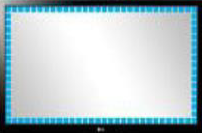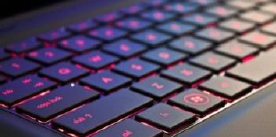3D Texture Overview
3D Texture allows you to simulate micro texture by modeling and projecting millions of geometrical items on a geometry.
3D Texture
 |
 |
 |
Duplications of a geometrical item (Patterns) are projected on your geometrical base (Support) according to a specific distribution (Mapping) to simulate micro texture.
These patterns have volume and surface optical properties, and can be added, removed etc. (Boolean Operation).
As Speos is not able to model the patterns geometrically, the 3D Texture tool interest is to model them for an optical simulation without having to create millions of small geometries in the CAD model.
Uses and Applications
3D textures can be used to design lighting systems such as light guides, Brightness Enhancement Films (BEF) and back-lighting units that are composed of millions of geometrical elements.
Main Capabilities
Patterns can be applied on any body.
3D Texture can be applied on any CAD shapes (flat or freeform, rectangular or not).
Note: You cannot apply a 3D texture on an element having a surface that is tangent to another element.Important: 3D texture does not support patterns composed of a material using a custom made *.sop plug-in (surface optical properties).High generation capability (from hundreds to billions of elements).
Low memory usage (about 150 Mb for 1 million patterns).
3D Texture is compatible with scripts and can be optimized through it.
Driving capabilities of each element's position, orientation and scale.
In Speos:
Create 3D Texture using a custom mapping file (a .txt file containing the coordinates of your patterns).
Control every parameter of your pattern (scale factor, distribution, offset, shape etc.).


